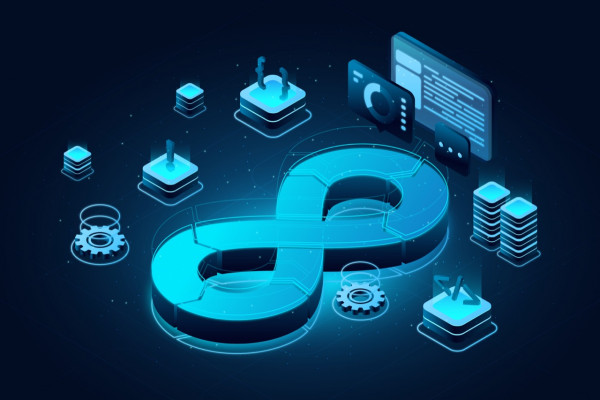Is your business sitting on a goldmine without realizing it?
In today’s world, data is gold, and the streets are lined with it.
Most organizations deal with a huge amount of data every day, but they don’t collect and analyze it. This is like throwing away millions just because the value is in a currency you don’t recognize.
Understanding organizational data is the first step in being able to identify critical market patterns and act on them to provide real solutions to your customers. In this article, we explore how you can leverage organizational data to make your business faster, smarter, and more profitable over the long term.
Importance of Organizational Data
A study by Forrester found that most businesses only use 12% of the data they have. This leaves 88% of data completely ignored and underutilized.
The number of digital sources that people use every day keeps climbing with the advent of new technology every few years. Think of the data present in emails, phone calls, chat logs, cookies, and mobile data. After the pandemic, companies are finally starting to digitize and learn from the bits of information that customers leave behind as they go about their daily lives.
All of these crucial data points are yours for the taking if you understand how to use and leverage them. Given the abundance of organizational data available at your fingertips, it’s imperative that organizations have a roadmap in place to unlock all that data’s potential.
Data is not just an electronic asset; it’s an organization-wide asset that speaks to the actions and behaviors of your potential customer base. Not only do businesses realize the potential of this data, but they are also providing their C-level executives with this data to help them make strategic decisions. When your company wants to grow, making decisions based on data helps it break through barriers and improve its finances year after year.
Most of this organizational data comes from prospects. This information gives you important information about your customers and is easy for your business to access and collect. Dive deep into this data to make smarter business decisions. It allows you to gauge your customers’ actions, interests, and behaviors. All of this leads to potential new services, products, and campaigns that can provide much-needed avenues for the growth and expansion of your business. However, leveraging this data requires a roadmap.
Let’s look at how we can get started.
The Roadmap
- Define business objectives
- Examine the current state assessment
- Identify and prioritize use Cases
- Formulate a big data roadmap
Define business objectives
To harness organizational data, you need to understand your business objectives first. What does your business want to achieve, and what metrics do you want to use to determine success or failure? Will it increase revenues? Will it be hitting specific key performance indicators? Your roadmap should align with your business objectives. It should address key business problems and outline ways you can tackle them. The primary value of data is to capture value. This is done by leveraging data through the strategic planning process.
Examine current state assessment
It’s now time to look at your current processes, data sources, assets, capabilities, and policies. A simple GAP analysis should help you understand where you are now and where you will be in the future. Your roadmap should include the methodology and processes to get what your business currently lacks.
Run this assessment on your employees to see where they think the company is going and what they’re doing wrong. Every data point that touches the customer is invaluable here, especially for personnel focusing on the retention and acquisition of customers and employees. They contain critical information about your company and where the gaps in its armor may exist.
Moreover, it can involve everyone involved with the data. If you really believe in the power of data, you’ll want people working with it to provide information. You want to involve them as much as possible, ask for their opinion, and put yourself in their shoes. This reveals new information that may not otherwise be visible.
Identify and prioritize use cases
In this phase, we look at how the use cases you’ve already done can help you speed up and improve your analytics to reach your business goal. Good use cases explain how the technology and solutions you already have help you reach your business goals. And we want to narrow down your cases until you find the most cost-effective initiative that provides the maximum business value.
Formulation of a roadmap
Finally, you must use everything you’ve done thus far to create a practical and sensible roadmap that will get you where you want to go: technology, data architecture, tools, processes, and policies, as well as pinpointing and identifying employee gaps. Reach out to key stakeholders and sponsors. Solicit your contributions. All of this helps organizations decide how to prioritize their projects while taking into account the different goals and challenges they face. Roadmaps provide clear direction with specific expectations and deadlines. You can deploy your initiative and achieve great success. Make sure you’re using the right metrics to track your overall progress.



